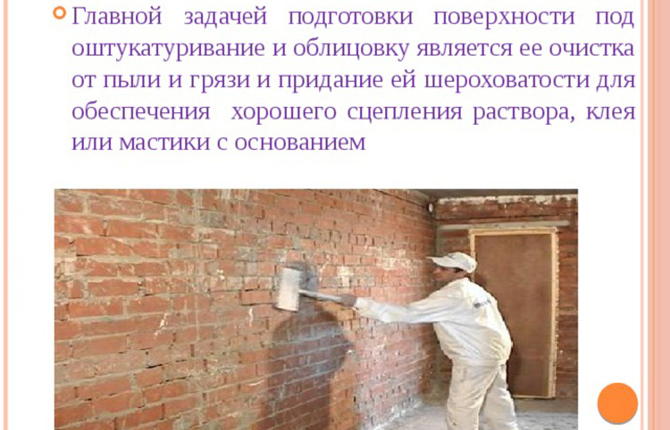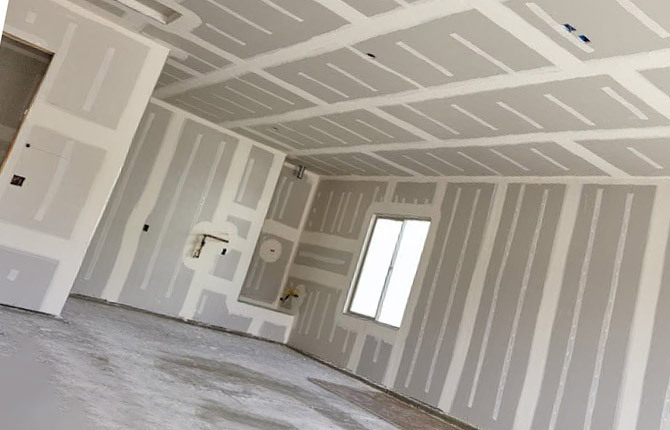It will be possible to avoid trouble due to a damaged repair if you stick wallpaper on painted walls after properly preparing them. When finishing, it is not always necessary to completely remove the paint layer. Depending on the condition of the wall surface, it is cleaned fragmentarily, eliminating flaky areas. But whitewash or water-based coating must be washed off or double-primed.
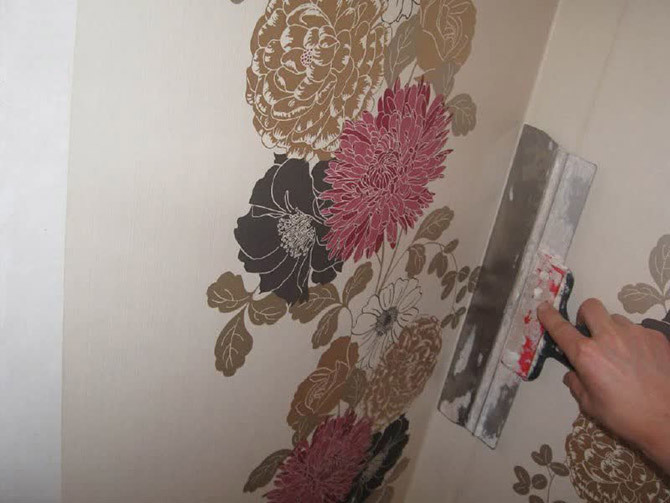
The content of the article:
- Is it possible to paste wallpaper on paint
- Advantages
- Flaws
-
What are the features and rules of wallpapering on a painted wall
- Oil paint
- latex variety
- Acrylic composition
- Water-dispersion types
- Epoxy variety
- silicate finish
- Water emulsion composition
- Polyvinyl acetate variety
- Enamel
- Whitewash
- Preparatory stage
-
Sticking options
- For oil
- For water-based
- On acrylic
- For whitewash and enamel
- On old or new paint - is there a difference
- Does the type of wallpaper affect the method of gluing
- Is it possible to glue liquid wallpaper on paint
Is it possible to paste wallpaper on paint
When carrying out repairs, such finishes as wallpaper are effectively used. Problems often arise if it is decided to stick them on previously painted walls.
This process can be carried out following the already proven surface preparation technology, taking into account the characteristics of the paint layer. Experts believe that after proper preparation, finishing is possible with water-based emulsion, whitewash, acrylic, latex, water-dispersion paint.
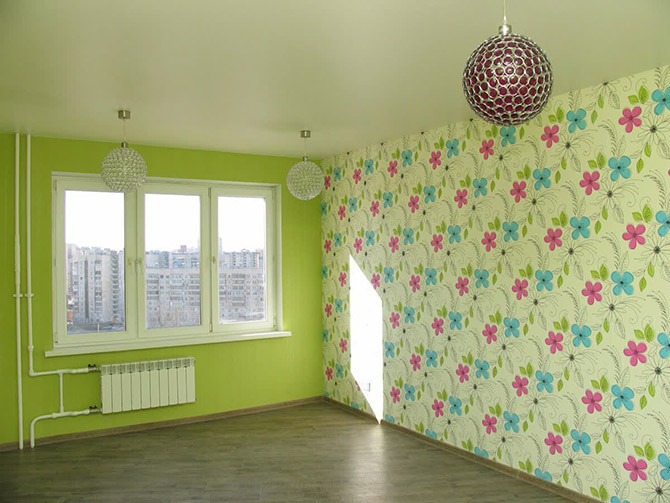
It is recommended to ensure the removal or special preparation of a smooth sliding finish from materials, among which latex, oil paints and various types of enamels are distinguished. If you stick directly on such a layer, the wallpaper will not hold well.
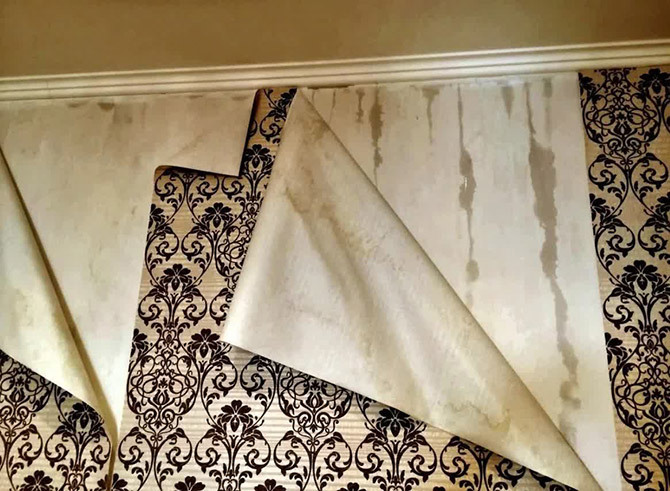
Advantages
Assessing the possibility of decorating painted walls with various types of wallpaper, the following advantages of this technology are distinguished:
- A simple preparatory stage is required, which reduces the complexity of repair work.
- All operations can be performed using available tools and materials.
- To glue wallpaper on painted surfaces, you do not need special skills.
- When carrying out all operations with your own hands, repairs are of low cost.
Flaws
Before sticking wallpaper on painted walls, it is worth studying information about the possible negative consequences of such repairs.
Flaws:
- Insufficient or absent reliable adhesion of canvases to a painted wall. Two reasons are noted - the paint weakly adheres to the surface and the selected adhesive is not suitable for paintwork in terms of properties.
- The water-based layer absorbs moisture. If you stick paper tapestries on this paint, they can deform and lag behind the wall.
- Due to the lack of vapor permeability, oil paint after decorating such a surface with wallpaper provokes the development of mold.
- Enamel is distinguished by such a property as the creation of a glossy smooth wall plane. It does not provide a strong adhesion to the adhesive, which causes the wallpaper to peel off quickly.
What are the features and rules of wallpapering on a painted wall
Given the features of walls painted with different compositions, when decorating them with wallpaper, the following rules are observed:
- In order to properly glue vinyl, non-woven, fiberglass or paper sheets onto the paint, you need to use the right adhesive that provides good adhesion.
- Walls painted with dark or bright compositions cannot be trimmed with thin paper wallpaper. This is due to the possibility of translucent saturated color, which reduces the aesthetics of the renovated room.
- After the gluing is completed, it is impossible to open windows for 40-48 hours. Due to drafts and temperature fluctuations, wallpaper strips begin to peel off, swelling and cracks appear on them.
An important nuance for the durable repair of painted walls is such an operation as the preliminary identification of the type of paint.
Oil paint
Get resistant to moisture and high heat coating. Possesses an unpleasant persistent smell. Protects metal from rust and wood walls from decay. Decomposes under the influence of alkalis.
If you carry out competent preparation, you will be able to reliably glue wallpaper that is not heavy.
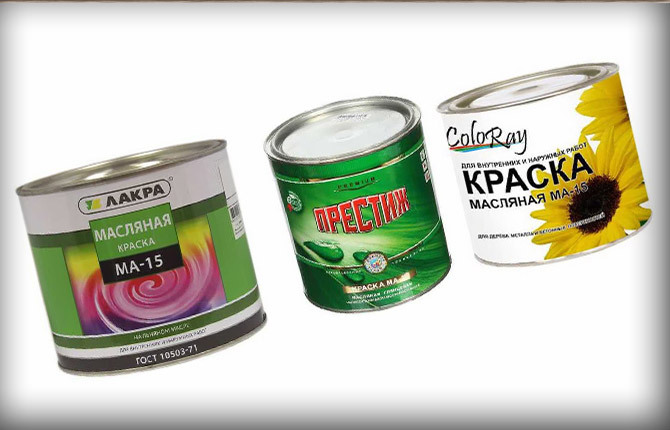
latex variety
Creates a wear-resistant layer on the painted wall. The following characteristics are considered an advantage: low odor, quick drying, resistance to wet cleaning, ultraviolet radiation, mechanical stress. May crack at low temperatures.
To glue non-woven or paper trim on such walls, you need to remove all the collapsing fragments.
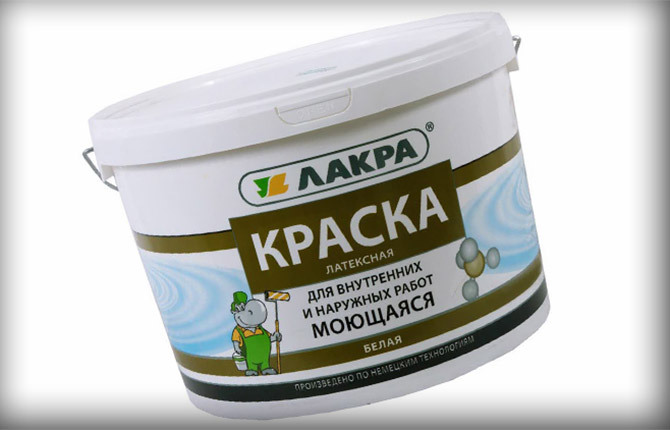
Acrylic composition
The covering differs in resistance to moisture, temperature fluctuations, solar influence. It is also valued for its quick drying, lack of smell. Applies to a variety of materials.
It is completely impossible to remove acrylic protection from a painted plane. You can glue light wallpaper after priming.

Water-dispersion types
This quick-drying, odorless coloring variety is breathable. It forms a durable coating that is resistant to high temperature, wear, moisture. Before gluing the wallpaper strips, you need to soak and clean the painted sections of the wall.

Epoxy variety
This type of waterproof and odorless material is suitable for finishing concrete surfaces. It resists heat well, withstanding temperatures up to +140... 150 ° C, does not collapse when aggressive substances enter.
Due to its high strength, the painted surface is difficult to sand. Can be primed and glued on light finishes.
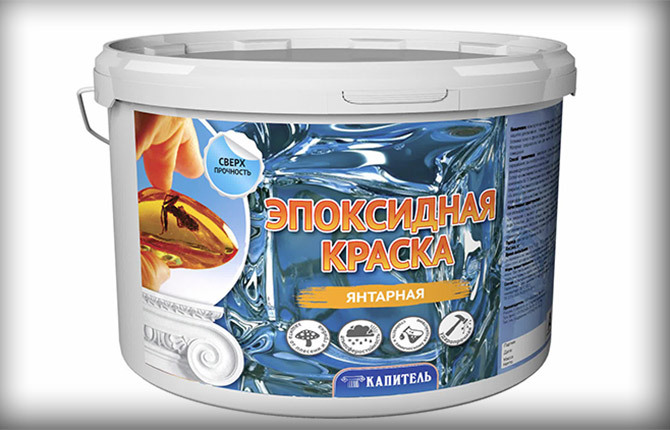
silicate finish
A wall painted with such a composition will acquire an elastic indelible finish that demonstrates resistance to acids and moisture. It is not suitable for plastic and wooden planes, contains toxic compounds. The created layer looks uneven, therefore it is not suitable for finishing with wallpaper material.
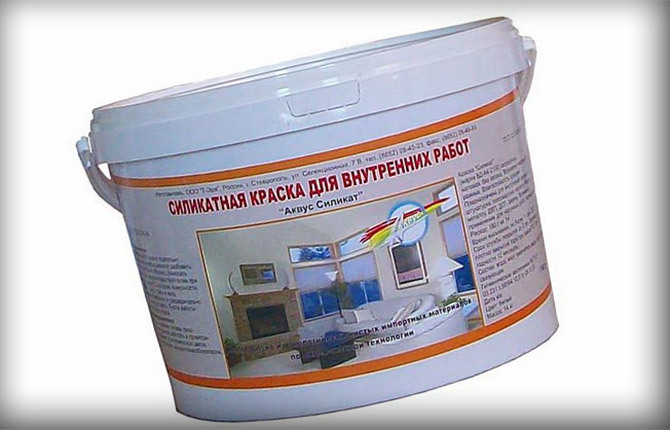
Water emulsion composition
The quick-drying water-based emulsion is distinguished by its safety, since it does not contain toxic additives. This type of finish does not have an unpleasant odor.
It is not difficult to identify the water emulsion. If you run a damp sponge over a painted wall, the paint starts to bubble, and then it is easily washed off. This ensures easy removal before pasting the desired wallpaper.
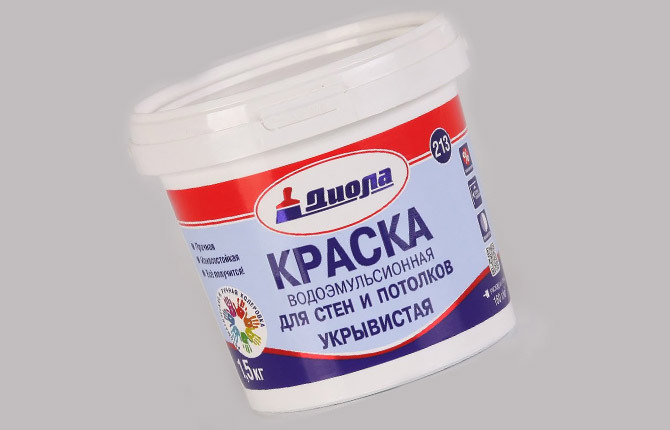
Polyvinyl acetate variety
Differs in easy and uniform distribution on different surfaces. Walls painted with this composition are odorless and toxic components are fire resistant. They do not fade under the sun, are not affected by mold.
It is necessary to take into account the low rate of resistance to moisture, so you can distinguish the polyvinyl acetate finish by rinsing when you run a sponge soaked in water over it. This allows you to easily remove the coating from the painted area, quickly solving the problem of how to glue the desired wallpaper.
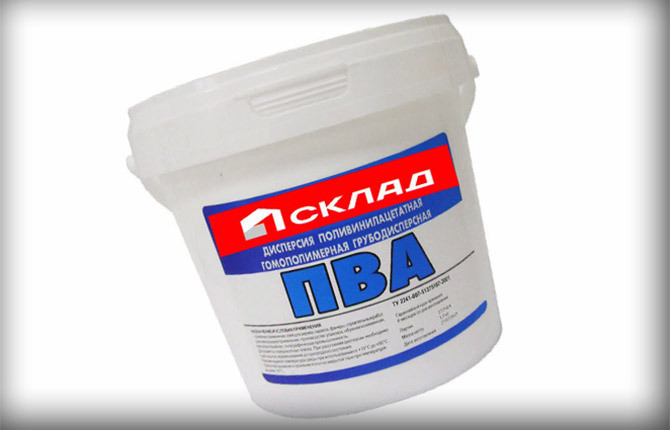
Enamel
A distinctive feature is a waterproof, durable layer with a glossy sheen on the wall covered with this material. There is a strong odor during operation. It is necessary to prepare the entire painted plane of the wall for wallpaper.
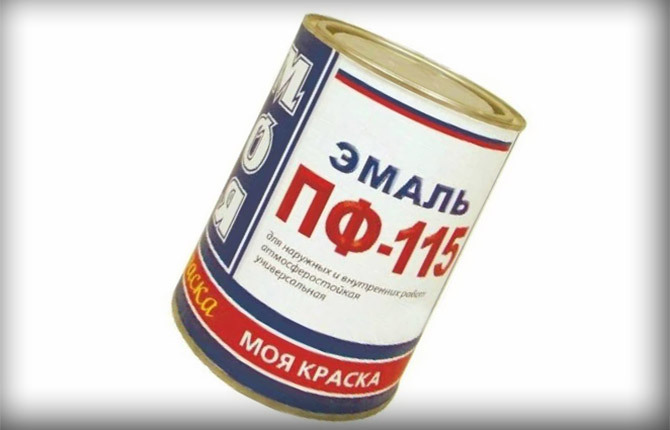
Whitewash
Here they use chalk crushed to a powdery state or slaked lime. Determining the presence of painting on the wall is easy. If you run your hand over the painted surface, then a white mark will remain on it.
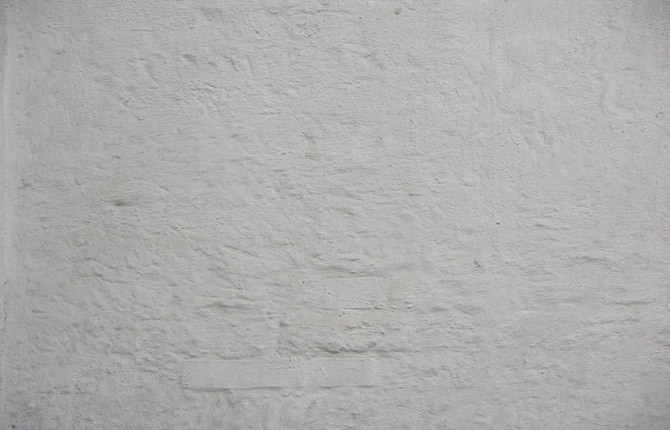
After you managed to understand what composition the painted walls are finished with, you can begin to prepare the surfaces for wallpapering.
Preparatory stage
Having decided on the transformation of painted wall surfaces with wallpaper, the strength of the protective layer is checked. The following methods are used:
- Small areas on the painted wall are covered with wallpaper paste. Leave it until completely dry. Then stick the adhesive mass with a spatula. If the paint peels off along with it, you need to remove it.

- Apply a piece of adhesive tape tightly to the painted area. Tear off with a quick sharp movement. If particles remain on the adhesive tape, this indicates a low strength indicator. It will be necessary to carry out special preparation before pasting the selected wallpaper.
Algorithm:
- Cleans painted walls, removing all flaky, falling off, cracked layers.
- Eliminate mold marks, wiping problem areas with antiseptic agents.
- It is also necessary to remove greasy marks from the painted area. Use a household dishwashing detergent.
- The edges of the revealed cracks, cavities are cleaned with a spatula and polished with sandpaper.
- The remaining dust and small impurities are swept away with a soft brush. Wash the working area first with soapy water and then with clean water. Wipe with a soft dry cloth.
- Irregularities need to be puttied, smoothing with a spatula. Finishing putty after the first layer has dried is distributed over the entire surface. This ensures a uniform light coloration.
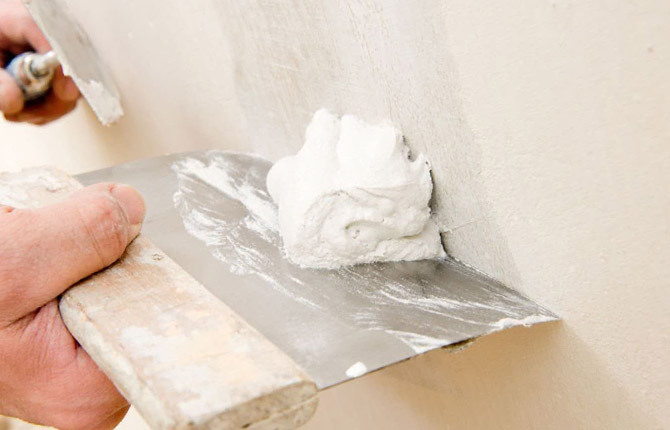
- To increase adhesion, primer treatment is practiced. For painted walls, "Concrete-contact" with the addition of quartz sand is well suited. After drying, a rough, even plane is formed, which makes it possible to reliably glue wallpaper on it.
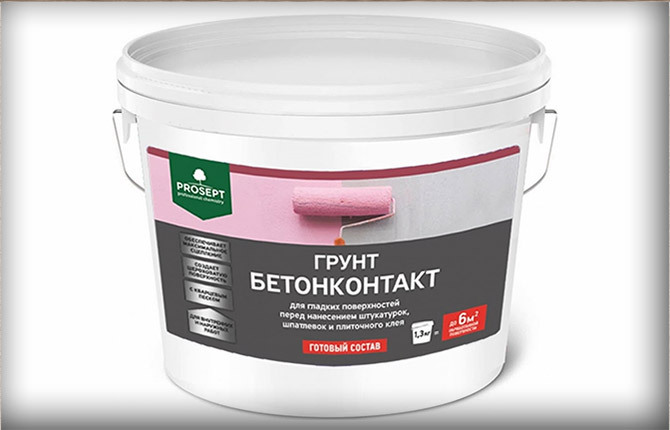
If sanding fails to remove firmly attached painted areas coated with film-forming paint, they should be roughened. Use coarse-grained sandpaper to process the wall.
Sticking options
After it is possible to establish the type of paint coating, its strength, pre-treatment, you can proceed to the main stage of repair. It will be possible to reliably glue wallpaper on a painted plane if some important recommendations are followed, taking into account the type of paint.
For oil
Remove those fragments of the paint coating that peel off from the base.
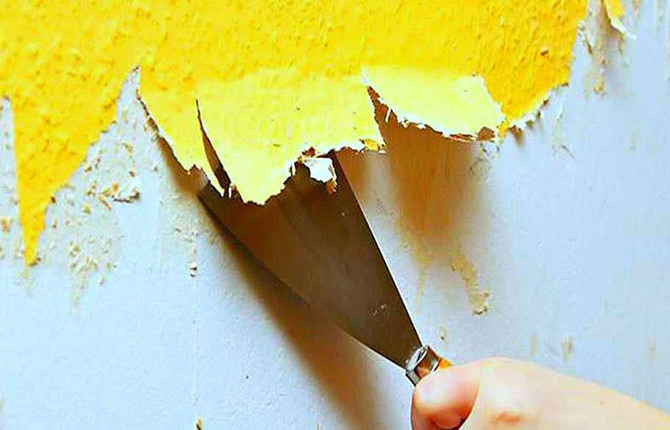
The rest of the painted areas are inspected. If a strong adhesion of the oil paint to the surface is detected, then a simple matting operation will be required. Use sandpaper with a large grain, creating the desired roughness. Then the dust is washed off. After drying, a primer is distributed in 2 layers, which increases adhesion.
You can make vertical stripes with a chisel, removing the paint layer, 5 cm wide. Leave a gap of 20 cm between them. The places freed from the coating are primed. Then they need to be puttied so that the surface becomes even. This technology for preparing a painted wall is considered less reliable than the first method.
For water-based
If you glue wallpaper canvases directly onto a surface painted with a hygroscopic water-based composition, they will swell. This will lead to deformation of the finish, which will quickly fall off.
If the coating adheres well to the wall painted with water-based material, the following measures are taken:
- The primer is evenly distributed with a roller, which is diluted in equal proportions with a solvent. Such an additive softens the painted fragments, providing a deeper penetration of the composition into the wall.
- After drying, the entire area to be formed is treated with clean soil.
- Once it dries, you can paste the wallpaper.
If peeling and flaking are detected, wash off the water-based paint with warm water. Use a brush. Then wipe the surfaces with a soft cloth soaked in clean water. Before sticking any wallpaper, the cleaned wall is dried.
On acrylic
The coating created by acrylic compounds has a matte texture, so additional sanding is not required. If the protective waterproof layer is strong, there is no peeling, the following steps are carried out before gluing the desired wallpaper:
- Wetting a soft sponge with clean water, wipe the walls painted with acrylic paint. Remove dirt and dust.
- If traces of mold are detected, then antiseptic preparations are used.
- Leave to dry by opening the window.
- Distribute the primer. It is necessary to apply 2 layers, after waiting for the first coating to dry.
If a wall painted with acrylic material is not reliable, you need to use a primer for processing. It is combined in equal proportions with a solvent that softens the coating. After drying, another layer of soil without additives will be required. Use a kind of deep penetration.
Unlike the variant with water-based paint, after priming, an adhesive material is applied to the acrylic in order to improve adhesion in a thin even layer, which must be diluted with water. Before sticking wallpaper on the prepared surfaces, the wall must dry.
For whitewash and enamel
If there is a firmly held coating on enamel-painted walls, then it is first roughened. Use, as for oil paint, coarse-grained sandpaper. You can take special abrasive brushes. Finish with cracks, delaminations are removed completely.
The desire to glue wallpaper on any kind of whitewashing leads to a damaged repair, as they will quickly fall off. Walls with a lime or chalk layer need to be properly prepared. Uses 2 proven technologies.
- Weak whitewash with traces of peeling is moistened with a slightly warmed soapy solution. Using a spatula, clean all particles. Rinse the working area with clean water. After drying, check the surface. If there are traces of lime (or chalk), wipe them off with a spatula. On a clean surface, wallpaper can be glued without difficulty.
- A double primer is carried out on a flat bleached wall. The composition is selected for deep penetration. Practice re-applying when the first layer dries. For reliability, the primed planes are covered with wallpaper glue. When it is diluted, it is controlled that the volume of water is no more than 20%.
On old or new paint - is there a difference
When deciding how best to hang wallpaper, if there are painted walls in the room, evaluate their condition.
The reliability of gluing does not depend on the age of applying the finish. The difference between old paint and fresh coating is the presence of more dirt or cracks.
This can lead to a lengthening of the period of preparatory work, which in both situations is necessarily carried out.
Does the type of wallpaper affect the method of gluing
It will be possible to ensure a durable wall finish if properly selected wallpapers are glued to previously painted surfaces.
Basic Rules:
-
Light non-woven wallpaper suitable for all kinds of painted walls. They are made from a non-woven composite material similar to paper. Non-woven fabric consists of artificial (for example, polyester) and natural (mainly cellulose) fibers.
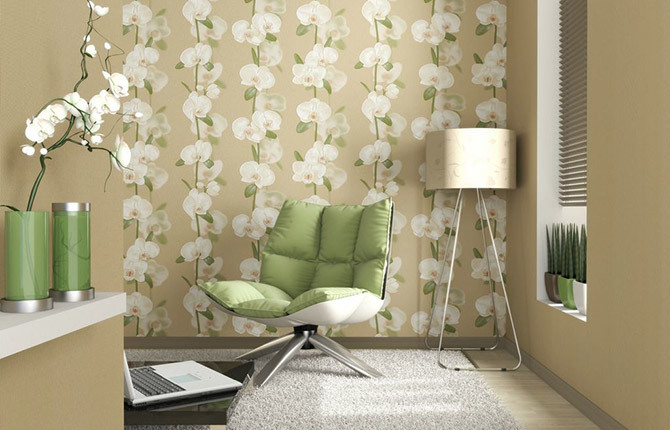
- If it is decided to glue thick vinyl wallpaper on the paint, then avoid walls previously painted with an enamel or oil variety, which were prepared using the technology of cutting strips with a chisel. It is allowed to use vinyl canvases, if you first bring the entire painted surface into a state of roughness with abrasive tools.

- Translucent paper wallpapers can be reliably glued onto a work plane with a uniform white background. Allows you to get its two-layer application of a primer.
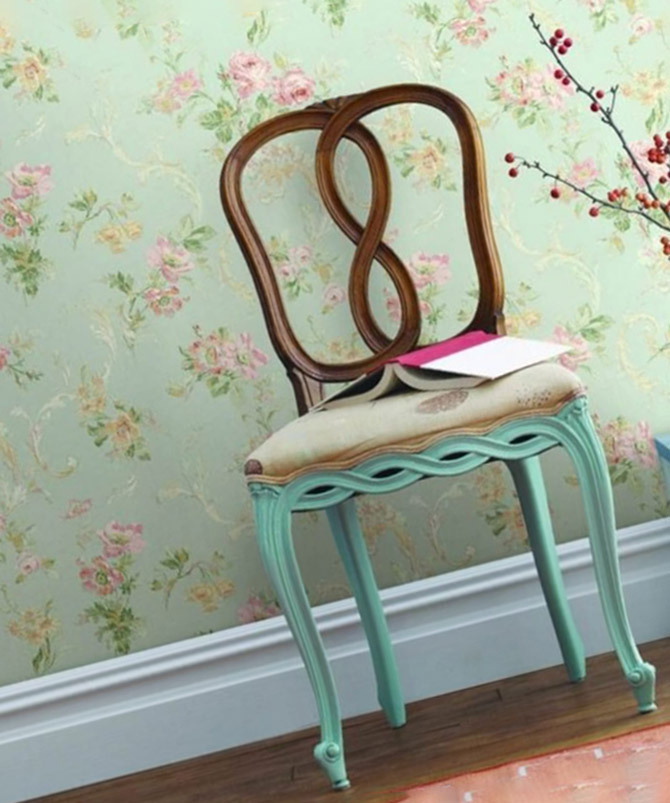
- It is also worth providing for a light, solid-colored working area if you need to glue paper-based vinyl wallpapers.
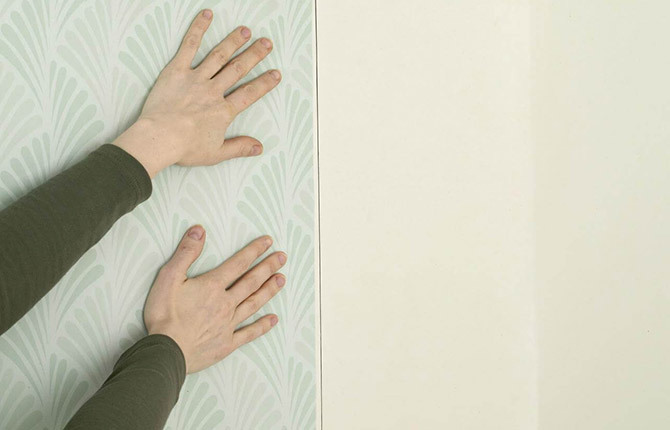
- Lightweight vinyl sheets made on a non-woven basis are easy to stick on walls washed after water emulsion or whitewashing. It should be borne in mind that such a finish should not be used in children's rooms, as it does not allow air to pass through.
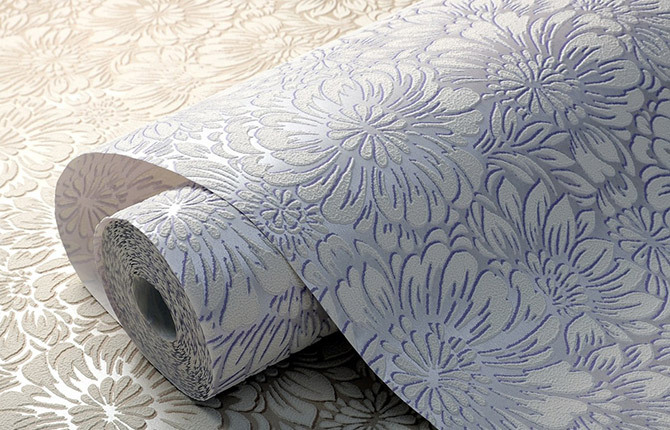
Is it possible to glue liquid wallpaper on paint
When carrying out repairs, liquid wallpaper is often used. They are also called silk plaster. The resulting seamless coating combines the characteristics of decorative plaster, popular wallpaper rolls and paint.
You can buy liquid wallpaper in dry form. The material consists of cellulose and silk fibers. There are plasticizers, fungicides, adhesive components, dyes. Decor is added - mica, mineral, mother-of-pearl chips, flocks, sparkles.
The mass is kneaded by adding water according to the instructions. Before its distribution, it is necessary to clean the painted wall. Smooth fragments are treated with sandpaper with a coarse abrasive. After puttying the irregularities, the entire plane is primed, and then painted with a water-based agent. This will prevent dark spots from showing through.
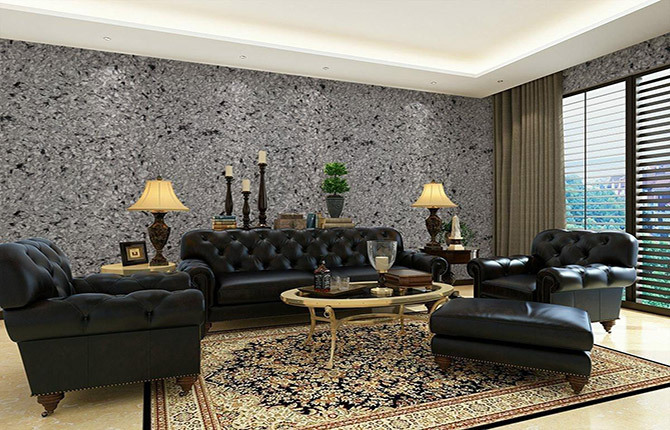
If you need to stick wallpaper on painted walls, you can do it reliably if you first carry out the necessary preparatory operations. It is not always necessary to clean the entire protective layer. After assessing his condition, you can get by with simpler methods.
Do you know the situation when you want to take beautiful wallpaper for decoration, but the walls turn out to be painted? Share your personal experience in the comments. Bookmark this article so you don't lose any useful information.
